On May 12, 2015 I caught these six Pogonomyrmex cf. californicus (concolorous variation) queens, after they probably flew the same morning. There are five dealates and one alate as of May 12, 2015.
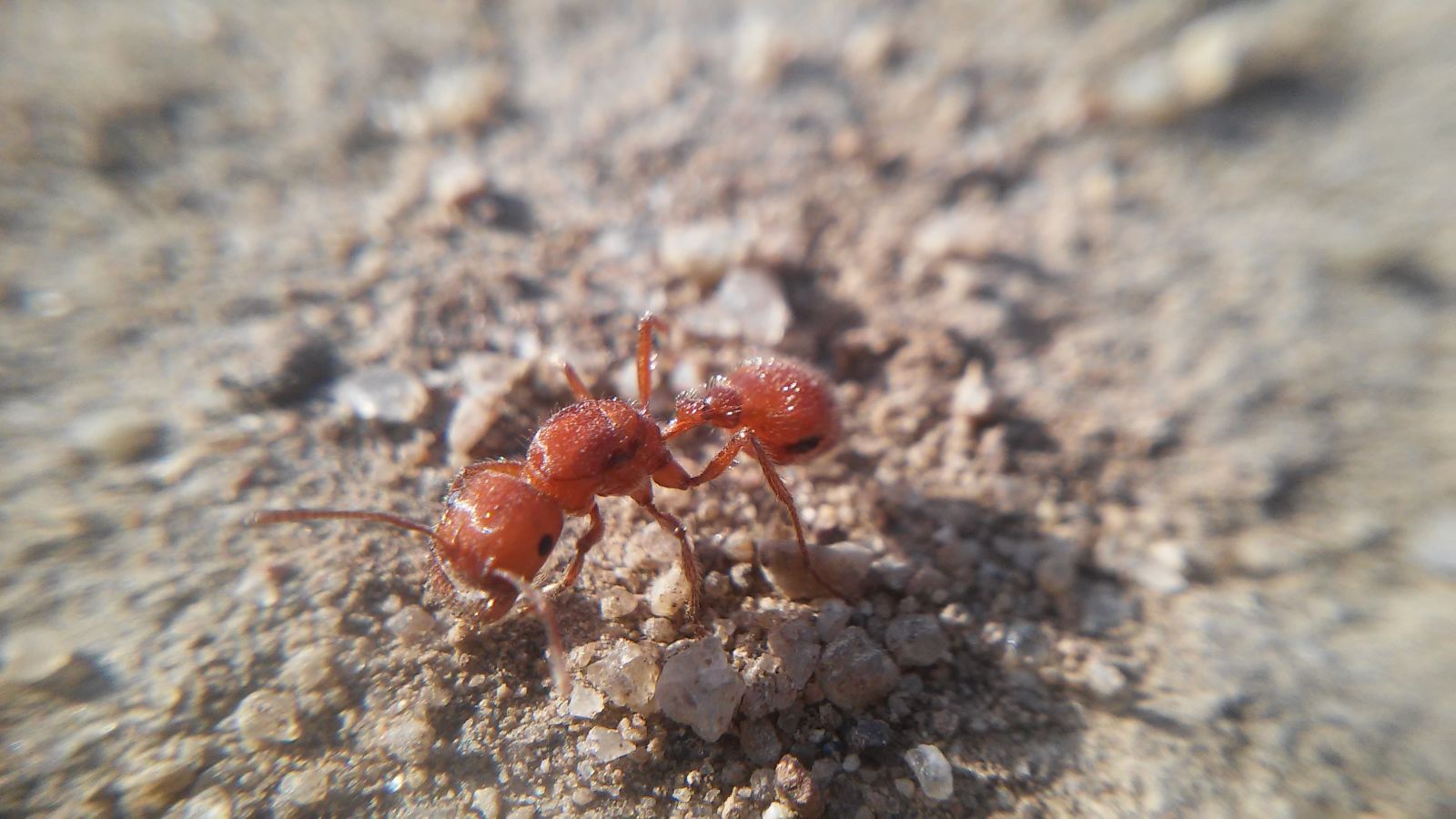
Here are the six queens as of May 12, 2015.
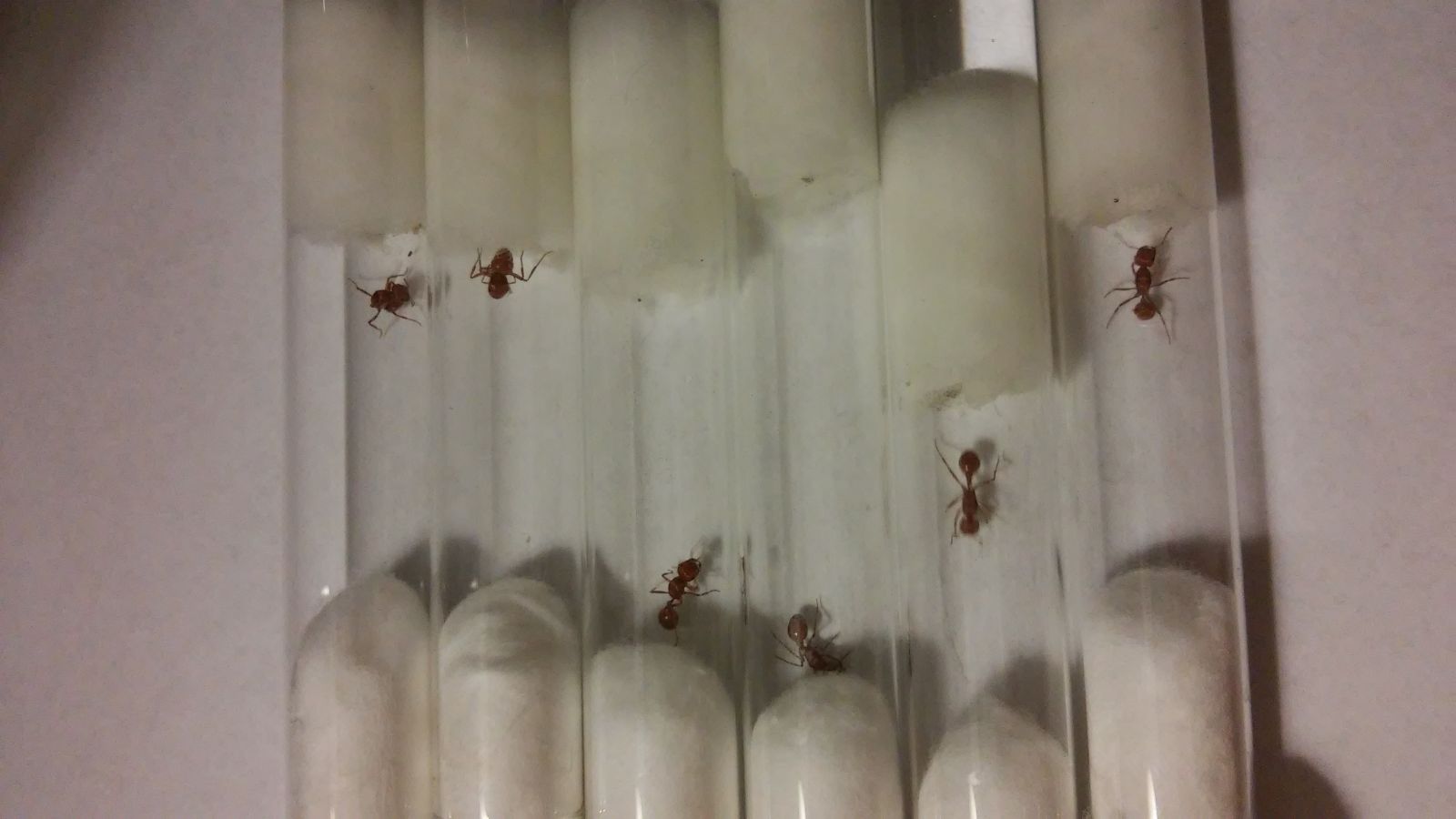
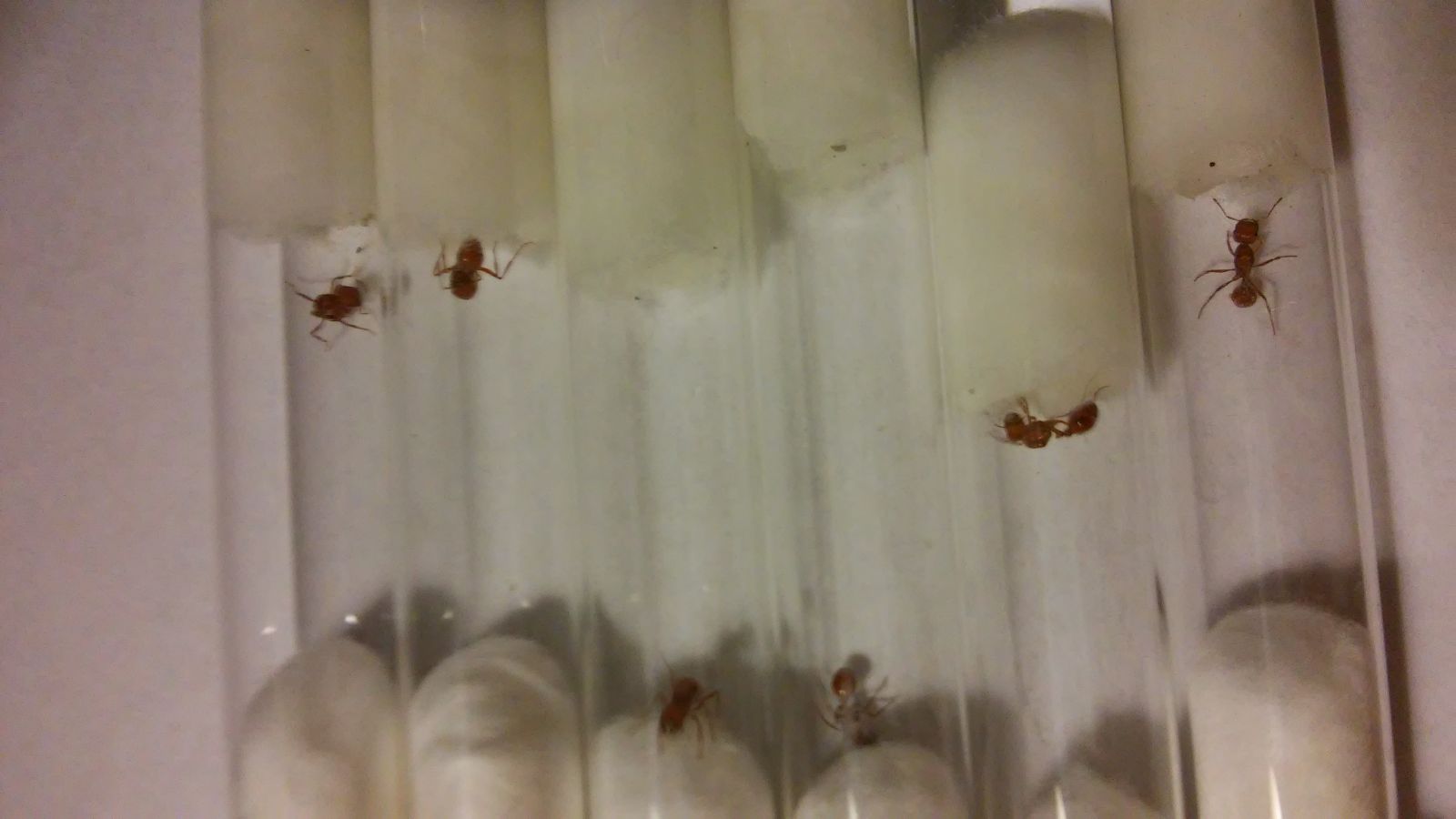
Here is a video of one of the newly mated queens looking for a place to dig, right before I sucked her up with my aspirator and placed her in a test tube. The second half of the video is the six queens as they are on May 12, 2015.
Edited by Gregory2455, February 20 2019 - 10:14 PM.





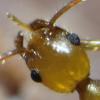
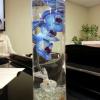


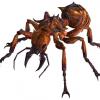


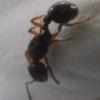









![Ants_Dakota's Pogonomyrmex occidentalis Journal[Discontinued] - last post by Ants_Dakota](https://www.formiculture.com/uploads/profile/photo-thumb-4828.jpg?_r=1723914036)



